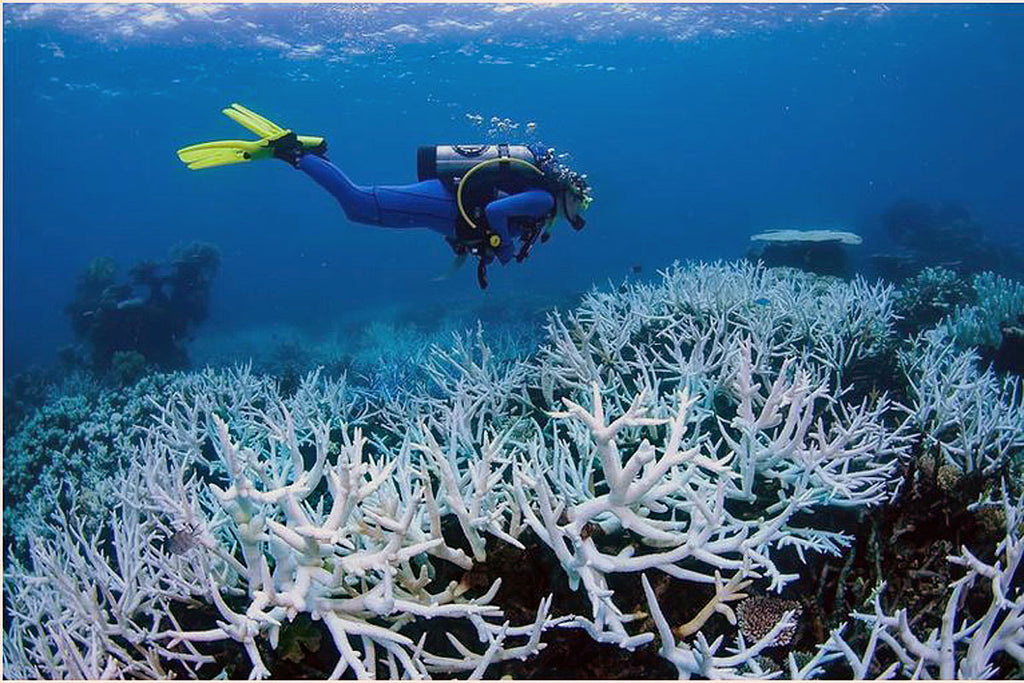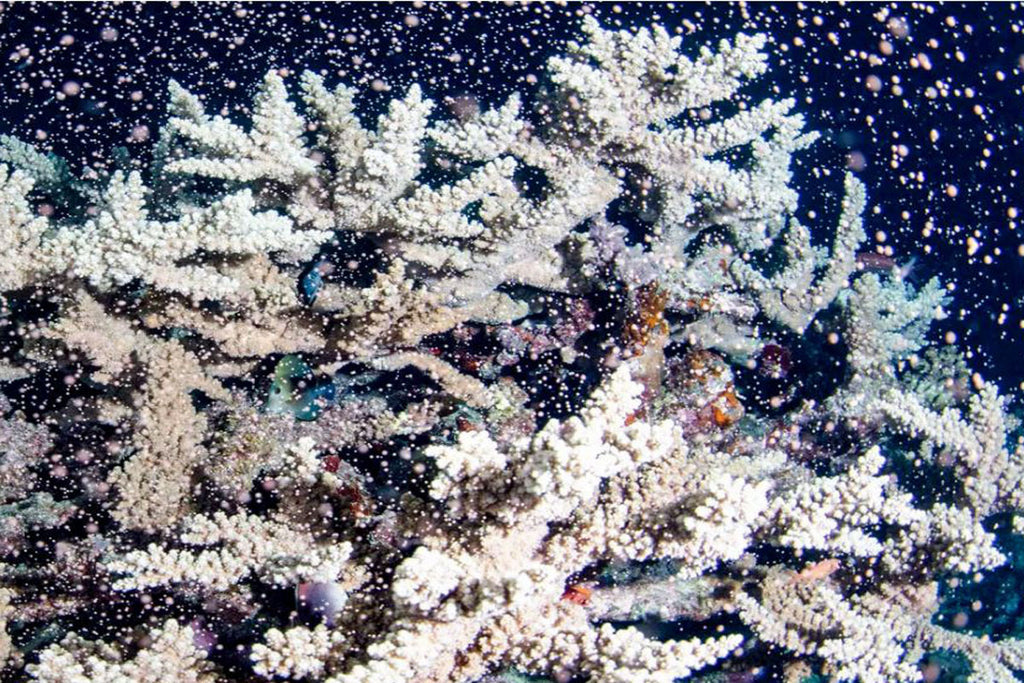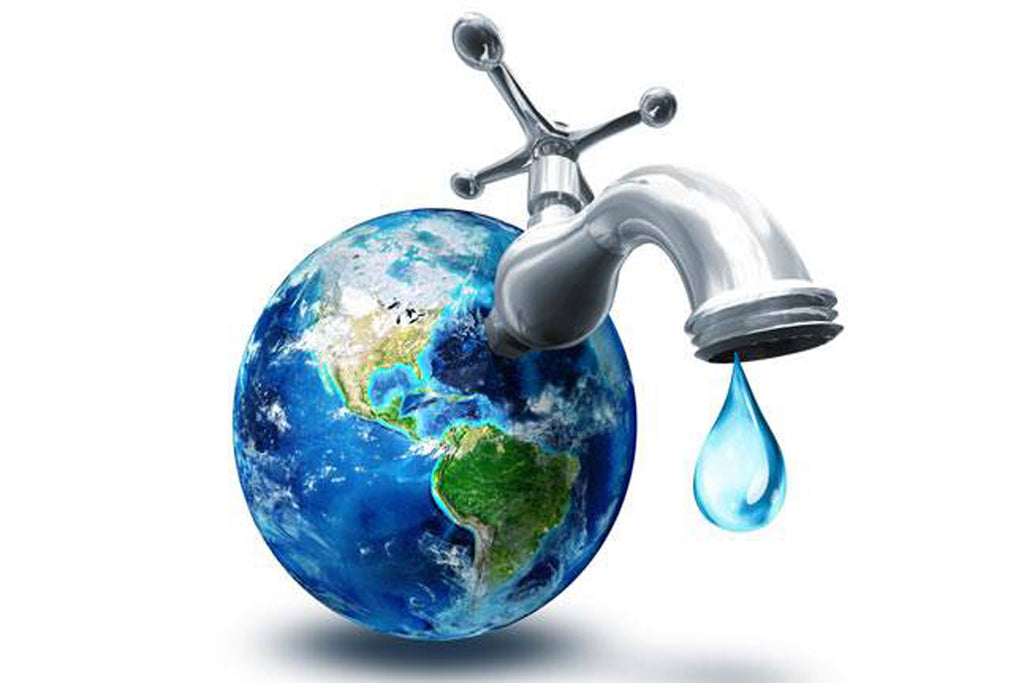Is Reverse Osmosis Wasteful? Understanding RO Wastewater
- News
- 28 Dec, 2018

A typical reverse osmosis system for aquarium use wastes about 4 gallons of water per gallon made. If you make 20 gallons a week for your water changes you'll waste about 80 gallons, making the typical reverse osmosis system about 25% efficient. That doesn't sound very good, right? Like we said, let us put it in perspective.
Do you have a washing machine? Do you have a dishwasher? Obviously you do to keep your clothes clean and to get your dishes clean and sanitized. How efficient are those appliances? A reverse osmosis system is at least 25% efficient. A washing machine and dishwasher uses electricity and hot water (which takes energy to heat) and WASTES EVERY GALLON OF WATER THEY USE. Further, RO wastewater can be collected and used similar to other alternate water sources.
Possible uses of Reverse Osmosis Waste Water: RO discharge water is one of the few alternate water sources that can be safely used for irrigation (unlike washing machine, dishwasher or shower greywater) and unlike rainwater or condensate collection, the RO filter will discharge a relatively consistent amount of waste water based on how often you need it. Possible uses include: pre-rinsing laundry, flushing toliets, irrigation, watering houseplants, washing hardscapes, water for evaporative cooling, decorative fountains, swimming pools, vehicle washing, etc. PLUS, your RO System can be made even more efficient!
At Aquatic Life, we answer questions frequently about Reverse Osmosis (RO) units and the amount of waste water they produce. To start, ALL Reverse Osmosis units produce waste water. Period. The waste water ratio to filtered water ratio can be changed, but NOT eliminated. RO units separate water into two streams, filtered water and waste water. RO units use a Flow Restrictor on the waste water line that slows the flow of water out the waste water line. This creates pressure against the RO Membrane and forces the Membrane to separate the incoming water into filtered water and waste water.
Most Membrane manufactures anticipate a 15% recovery rate, which would produce approximately 1 gallon of filtered water to 6.7 gallons of waste water. While this is high by most people’s standards, this is the ratio that the Membrane manufacturer’s test and measure against. This is the standard. Aquatic Life typically uses a Flow Restrictor that produces a ratio of 1 to 3 (filtered water to waste water) to balance the effectiveness of the RO Membrane's life against frequent Membrane replacements. It is possible to adjust the ratios of all RO units by changing the Flow Restrictor. Flow Restrictors are rated in “CC’s”, which is the same as ml’s. The lower the CC number, the more water is restricted from exiting the waste water line. The table above shows the ratios of the Flow Restrictor sizes against the waste water output. As you can see, changing the Flow Restrictor will change the ratios considerably. For example, a 100 GPD RO unit typically uses an 800CC Flow Restrictor that would produce 1 gallon filtered water to 3.04 gallons waste water. If you change the Flow Restrictor to a 450CC size, you will produce 1 gallon filtered water to 1.71 gallons of waste water. That said, you will also shorten the life of the RO Membrane.







